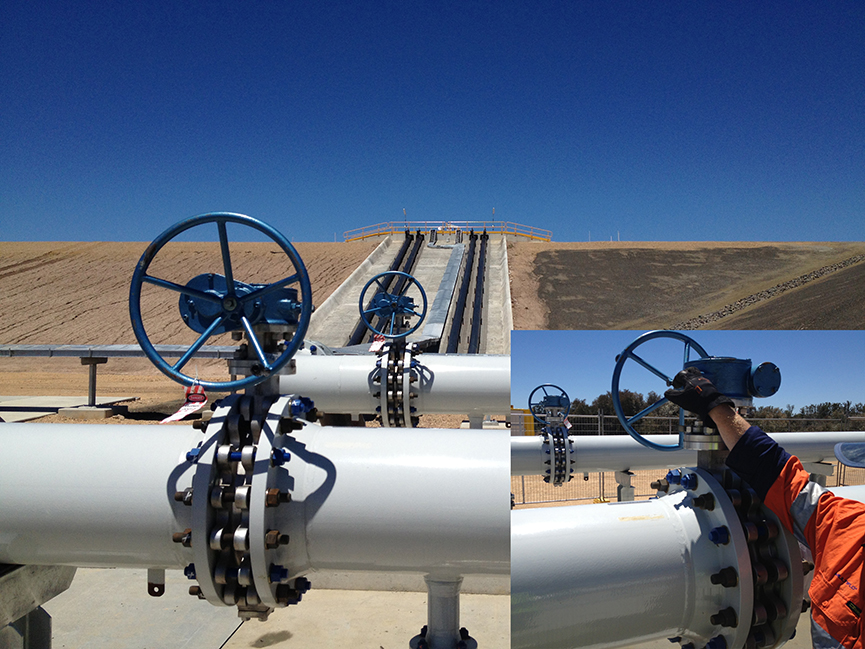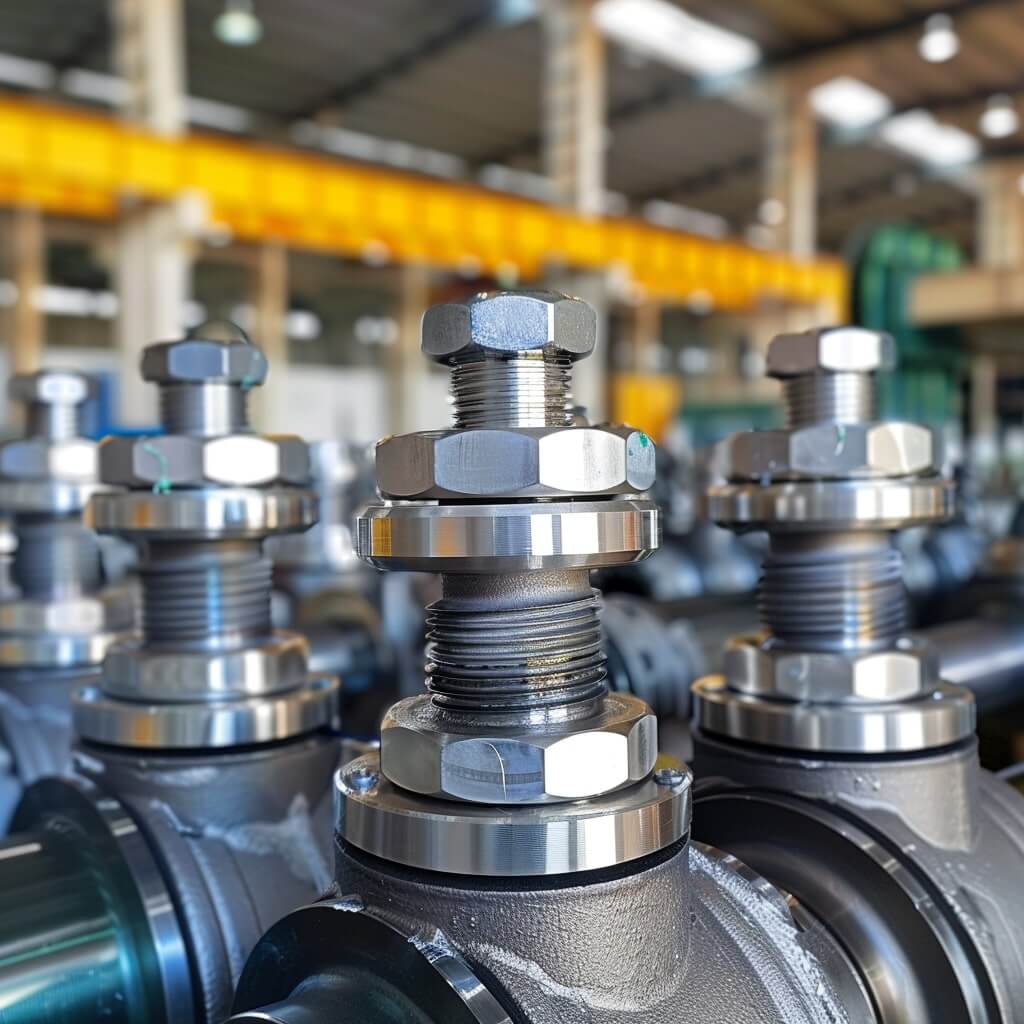Transportation engineering is undergoing a transformation with the adoption of permanent magnet motors (PMMs). From electric vehicles to high-speed trains, PMMs deliver efficiency and sustainability. This article highlights their importance and their interplay with geosynthetics in modern transport infrastructure.
Why Are Permanent Magnet Motors Crucial for Electric Vehicles?
PMMs provide high torque and speed control, maximizing battery efficiency in electric vehicles. Their lightweight design enhances vehicle performance, while geosynthetics in road construction reduce wear and tear, ensuring smooth travel.

How Do Permanent Magnet Motors Benefit Rail Systems?
PMMs power high-speed trains with unmatched efficiency and reliability. When paired with geosynthetic reinforcements in rail tracks, they reduce vibrations and enhance safety, improving the overall passenger experience.
What Role Do Permanent Magnet Motors Play in Urban Mobility?
PMMs drive components like elevators and escalators in urban transit systems, ensuring energy-efficient operations. Geosynthetics in urban infrastructure stabilize these systems, supporting heavy daily usage.
Are PMMs a Sustainable Solution for Future Transport?
Absolutely. PMMs reduce energy consumption and emissions, aligning with global sustainability goals. Geosynthetics further promote eco-friendly construction in transport infrastructure, enhancing longevity and reducing waste.
Permanent magnet motors are key to modernizing transportation. Their integration with geosynthetics ensures reliable, sustainable, and efficient transit solutions for the future.
